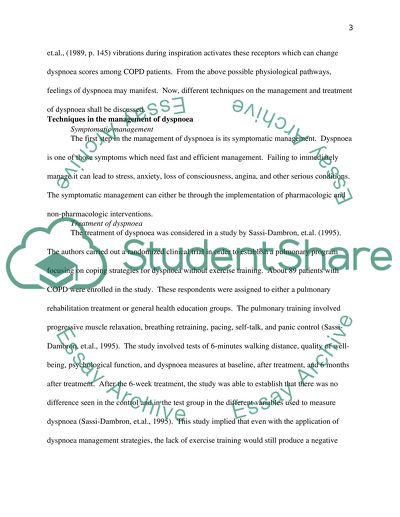Cite this document
(“Techniques in the Management of Dyspnea Essay Example | Topics and Well Written Essays - 2750 words”, n.d.)
Retrieved from https://studentshare.org/family-consumer-science/1420516-techniques-in-the-management-of-dyspnea
Retrieved from https://studentshare.org/family-consumer-science/1420516-techniques-in-the-management-of-dyspnea
(Techniques in the Management of Dyspnea Essay Example | Topics and Well Written Essays - 2750 Words)
https://studentshare.org/family-consumer-science/1420516-techniques-in-the-management-of-dyspnea.
https://studentshare.org/family-consumer-science/1420516-techniques-in-the-management-of-dyspnea.
“Techniques in the Management of Dyspnea Essay Example | Topics and Well Written Essays - 2750 Words”, n.d. https://studentshare.org/family-consumer-science/1420516-techniques-in-the-management-of-dyspnea.


